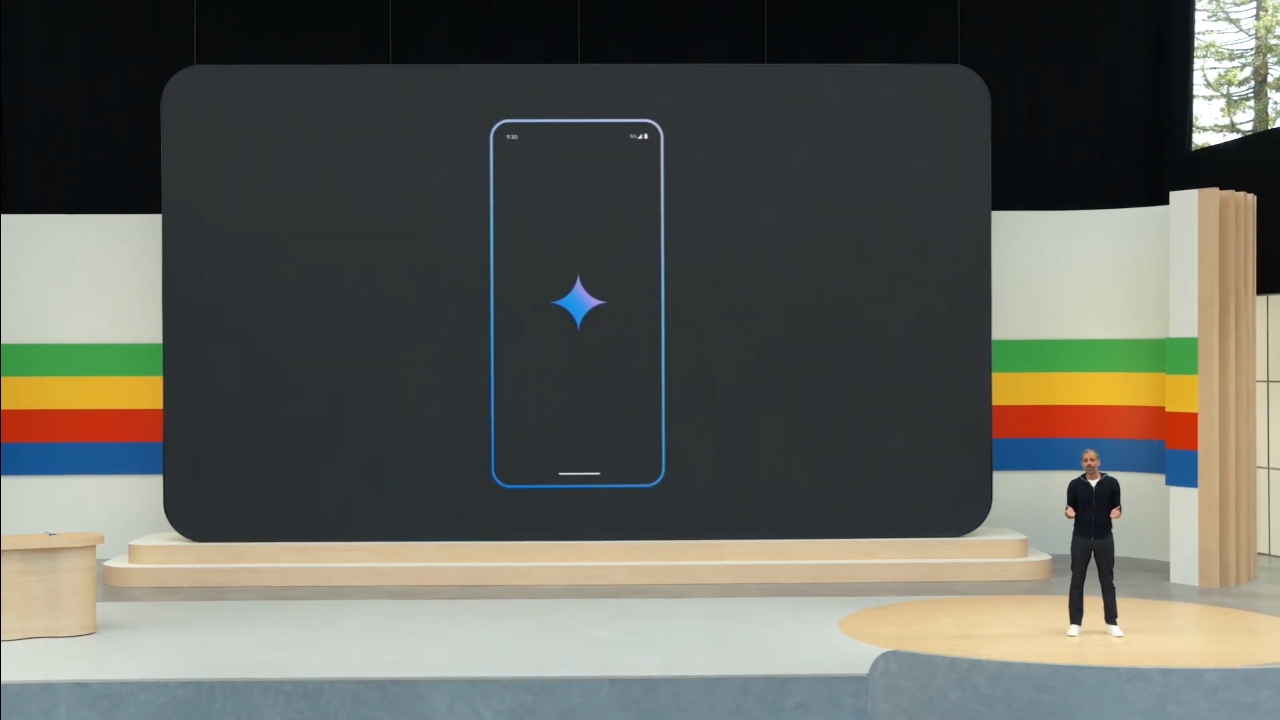
Alright folks, the Google I/O keynote was a lot to take in, but let me break down the AI goodness they dropped on us in plain terms. Buckle up, because this is gonna change how you use Google services, and honestly, how you do a lot of things in your daily life.
First things first, Google’s been all over AI for a while now. Their new AI, Gemini, is basically a super-smart AI model that can juggle text, images, videos, and even code like a pro and yes, like the GPT-4o we recently talked about. It’s like having a super-powered brain that can handle any kind of information you throw at it.
So, what does this mean for you? Well, let’s start with Google Search. Remember those days of trying to figure out the right keywords to find what you’re looking for? Forget about it. With Gemini, they introduced the AI Overview, and you can search in plain English, just like you’d ask a friend. Need to find out how you can take a screenshot on your PC? Just ask, “How do I take a screenshot on Windows?” No more deciphering complex search terms. For me, it’s already available on desktop however it’s still being tested so it might not show up every time, and after learning how I can take a screenshot, I took this:

Next up, Google Photos. We’ve all been there, scrolling endlessly through photos trying to find that one perfect shot. Gemini’s got your back. It understands what’s in your photos, so you can search for “sunset at the beach” or “my dog playing fetch” and find exactly what you’re looking for. It’s like having a photographic memory, but, you know, better.
But Gemini isn’t just about making search easier. It’s also a creative powerhouse. In Google Workspace, you can use Gemini to summarize long meetings, write emails in different styles, or even generate poems. It’s like having a personal writing assistant who can do anything you ask.
And for those of you glued to your Android phones (guilty!), Gemini is coming for you too. They’re working on new AI assistants that can do everything from booking flights to managing your calendar. Imagine having a personal assistant who can take care of all the boring stuff, freeing you up to focus on the things that matter.
But here’s where things get really interesting. Google is also rolling out a bunch of Gemini-powered extensions for some of your favorite apps. Planning a trip? The Google Flights and Google Hotels extensions will help you find the best deals and plan your itinerary like a pro. Google Maps will give you personalized recommendations based on your location and interests. And even YouTube is getting in on the action, with Gemini helping you find and understand videos like never before.
Now, I know what you’re thinking: “Extensions? Other AIs have those too.” And you’re right, they do. But what makes these extensions special is that they’re built right into the Google apps you already use every day. It’s a seamless experience that just makes sense.
Oh, and did I mention Magic Compose? It’s like having a Shakespeare writer for your text messages. Literally, you can choose from different styles like “Shakespeare,” “Chill,” or “Lyrical” to spice up your texts. It might not sound like a big deal, but it’s these little touches that make Gemini feel like a gamechanger.
Alright devs, listen up! This one’s for you. Google’s not just stopping at Gemini-powered apps for the average Joe. They’re giving you the keys to the kingdom with Gemini 1.0 Pro, 1.5 Flash, and 1.5 Pro available on Google AI Studio and you can also get up to 2M tokens now. These are the tools that will let you build your own AI-powered apps and experiences, so let those creative juices flow!
Now, I know this all sounds a bit ‘futuristic’, any way you’d like to call it, but trust me, this is happening. Google is all about making AI work for everyone, not just the techies. They’re working with schools to help students learn better with AI, and they’re making sure it’s all done ethically and responsibly.
So yeah, the Google I/O keynote was a bit of a whirlwind. But the takeaway? AI is here to stay, and it’s about to make your life a whole lot easier. Whether you’re searching the web, managing your photos, or just trying to get through your day, Gemini and its AI buddies are here to help. And that, my friends, is pretty darn exciting.














